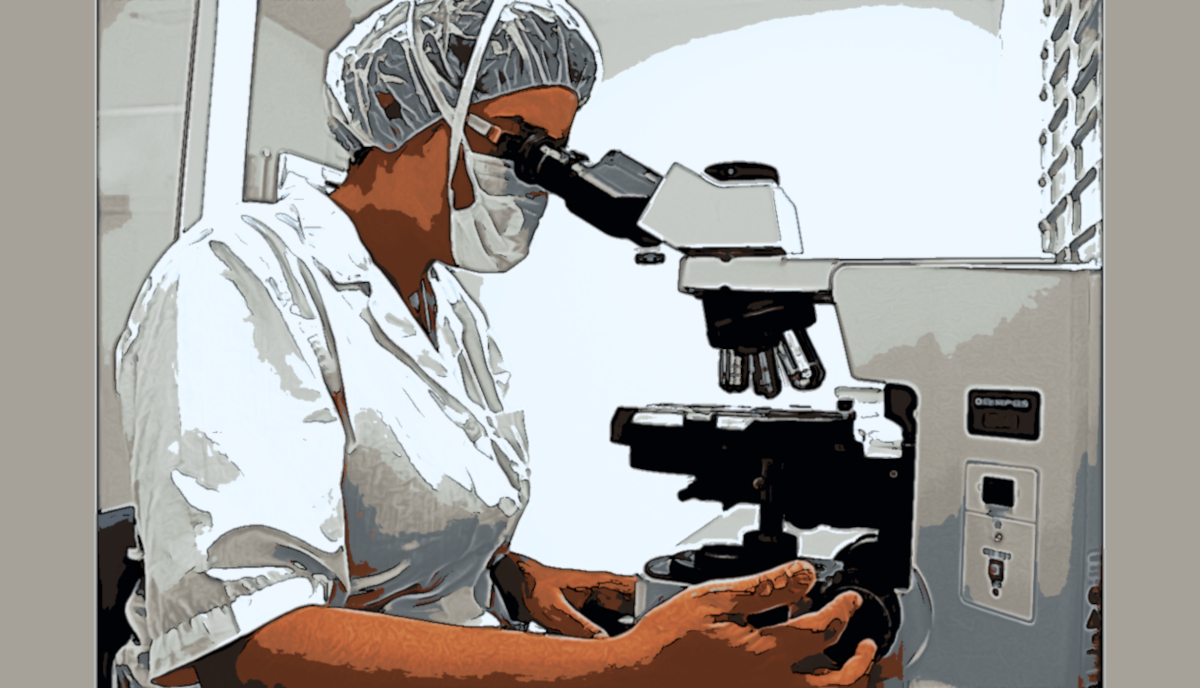
Jonas Scholar at UT Arlington Researching Pressure Ulcers
Pressure ulcers—commonly known as bedsores—have been a healthcare challenge for millennia, and researchers continue to seek ways to prevent and treat them. One “rising star” in the study of pressure ulcers is DonnaLee Pollack, RN, MSN, MPH, FNP-C, CWCN-AP, who works as a Family Nurse Practitioner in the Wound Clinic at Olin E. Teague Veterans’ Medical Center in Temple, Texas. Pollack is also working on her PhD at the University of Texas at Arlington College of Health and Nursing Innovation and is a 2018-2020 Jonas-Smith Trust Veterans Healthcare Scholar.
Established in 2008, the Jonas Nurse Scholars Initiative is designed to reduce the nursing faculty shortage by supporting “high-potential” doctoral nursing students pursuing PhD, EdD or DNP degrees. “Donald and Barbara Jonas generously started the Jonas Scholar program to assist nurses to obtain their doctoral degrees in order to support the field of nursing,” explains Pollack. “The financial support from the program has enabled me to work towards a PhD, but more importantly, the Jonas Scholar program provides professional development through conferences and networking.”
In this interview with DailyNurse, Pollack explains how she got into wound care, what she’s working on now, and describes her plans for the future. The following interview has been edited for length and clarity.
DailyNurse: How did you get interested in researching pressure ulcers?
DonnaLee Pollack: “Wound care has always been a part of nursing practice, and when I started working full time in wound care at the VA, I had the opportunity to work with spinal cord-injured veterans. A pressure ulcer is particularly devasting for someone with a spinal cord injury (SCI), because the healing process is so disruptive to daily life. Frequently, a patient with SCI and a pressure ulcer will need to undergo surgical repair with a follow-on stay in a rehab center. In addition, a patient with SCI can follow all of the prevention recommendations and still develop a pressure ulcer.
I knew there was a gap in knowledge regarding pressure ulcer development, and when I met Dr. Marco Brotto and learned about his lab and their groundbreaking work on bone-muscle crosstalk, I knew that the University of Texas at Arlington was the right place for me to pursue my doctoral studies.”
DN: Regarding your work with the University of Texas at Arlington Research Institute (UTARI) and Dr. Brotto, what are you doing in terms of research an automatic cycling air cushion to prevent pressure ulcers? How are you working together with this clinic-based intervention study?
Pollack: “While COVID has precluded some of the more direct clinical research at this time, I am currently working on developing a new exciting model with pressure ulcer protective and risk factors for patients with a spinal cord injury using a vast and complex dataset that includes veterans and non-veterans.
DN: Why did UTARI and Dr. Brotto’s lab decide it would be beneficial to work together on this? What are you able to do as a team that would have been more difficult if either entity had tried to do it on their own?
Pollack: “Bench-to-bedside research is a priority for the National Institutes of Health, thus collaboration between UTARI and Dr. Brotto’s lab is an ideal partnership. Multi-, inter-, and trans-disciplinary teams are able to work together to move bench research to the patient bedside more efficiently. We can clearly see how this type of research collaboration allowed the new COVID-19 vaccines to go from basic concepts to human vaccines in just one year.” DN: When did the study begin? How long will it last? Pollack: “As aforementioned, I am not currently working on the seat cushion study. I am working on the model with pressure ulcer protective and risk factors and plan to complete the study in 2021. My long-term plan after completing my PhD is to develop my own program of research with support from the Brotto Lab and the VA, and the Seat Cushion is one of the projects we will explore.”
DN: What do you hope to accomplish from this particular study? What do you hope it will lead to in the future?
Pollack: “I am hoping to create a model that will be useful to focus education and resources on the most significant factors for pressure ulcer prevention. I am also hoping that the data analysis will help guide future research for pressure ulcer biomarkers. I foresee our models also evolving into models of diagnostic and prognosis value, which we are currently missing in the area of pressure ulcers.”
DN: Is there anything else that is important for our readers to know?
Pollack: “I am extraordinarily grateful for the support and guidance that I have received from the Jonas Scholar program and from Dr. Brotto and his entire lab, and I look forward to collaborating with the Bone-Muscle Research Center to investigate the role of bone muscle crosstalk on pressure ulcer development.”
By Michele Wojciechowski

